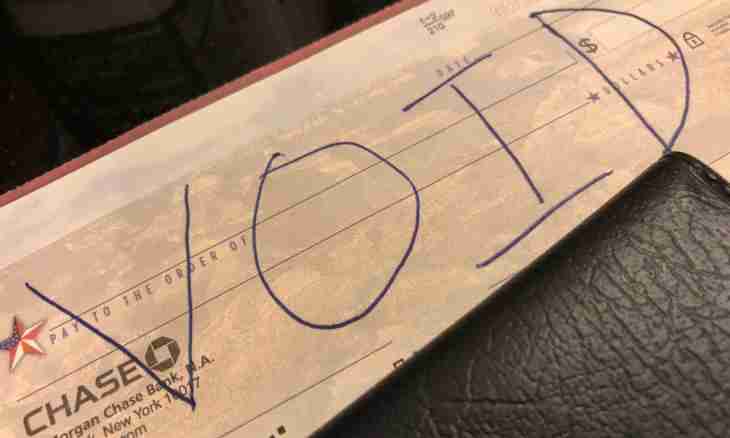Let some straight line set by the linear equation, and the point set by the coordinates (x0, y0) and not lying on this straight line be given. It is required to find a point which would be symmetric to the given point of rather this straight line, that is would coincide with it if mentally to bend the plane in half along this straight line.
Instruction
1. It is clear, that both points — set and required — have to lie on one straight line, and this straight line has to be perpendicular to this. Thus, the first part of a task is in finding the equation of a straight line which would be perpendicular to some this straight line and at the same time would pass through this point.
2. The straight line can be set in two ways. The initial equation of a straight line looks so: Ax + By + C = 0, where A, B, and C — constants. Also direct it is possible to define by means of linear function: y = kx + b where k is slope, b is shift. These two ways are interchanged, and from any it is possible to pass to another. If Ax + By + C = 0, then y = - (Ax + C) / B. In other words, in linear function y = kx + b slope of k = - A/B, and b shift = - C/B. For an objective it is more convenient to argue, proceeding from the initial equation of a straight line.
3. If two straight lines are perpendicular each other, and the equation of the first direct Ax + to By + to C = 0, then the equation of the second straight line has to look Bx - Ay + D = 0 where D — a constant. To find concrete value D, it is necessary to know in addition through what point there passes the perpendicular straight line. In this case it is a point (x0, y0). Therefore, has to satisfy D to equality: Bx0 - Ay0 + D = 0, that is D = Ay0 - Bx0.
4. After the perpendicular straight line is found, it is necessary to calculate coordinates of a point of its crossing from this. For this purpose it is required to solve the system of the linear equations: Ax + By + C = 0, Bx - Ay + Ay0 - Bx0 = 0. Its decision will give the numbers (x1, y1) serving as coordinates of a point of intersection of straight lines.
5. The required point has to lie on the found straight line, and its distance to a point of intersection has to be equal to distance from a point of intersection to a point (x0, y0). Coordinates of a point symmetric to a point (x0, y0), it is possible to find, thus, having solved the system of the equations: Bx - Ay + Ay0 - Bx0 = 0, √ ((x1 - x0) ^2 + (y1 - y0) ^2 = √ ((x - x1) ^2 + (y - y1) ^2).
6. But it is possible to act simpler. If points (x0, y0) and (x, y) are as equals distances from a point (x1, y1), and all three points lie on one straight line: x - x1 = x1 - x0, y - y1 = y1 - y0. Therefore, x = 2x1 - x0, y = 2y1 - y0. Having substituted these values in the second equation of the first system and having simplified expressions, it is easy to make sure that its right part becomes identical to left. In addition to consider the first equation there is no sense as it is known that points (x0, y0) and (x1, y1) to it satisfy any more, and a point (x, y) obviously lies on the same straight line.

